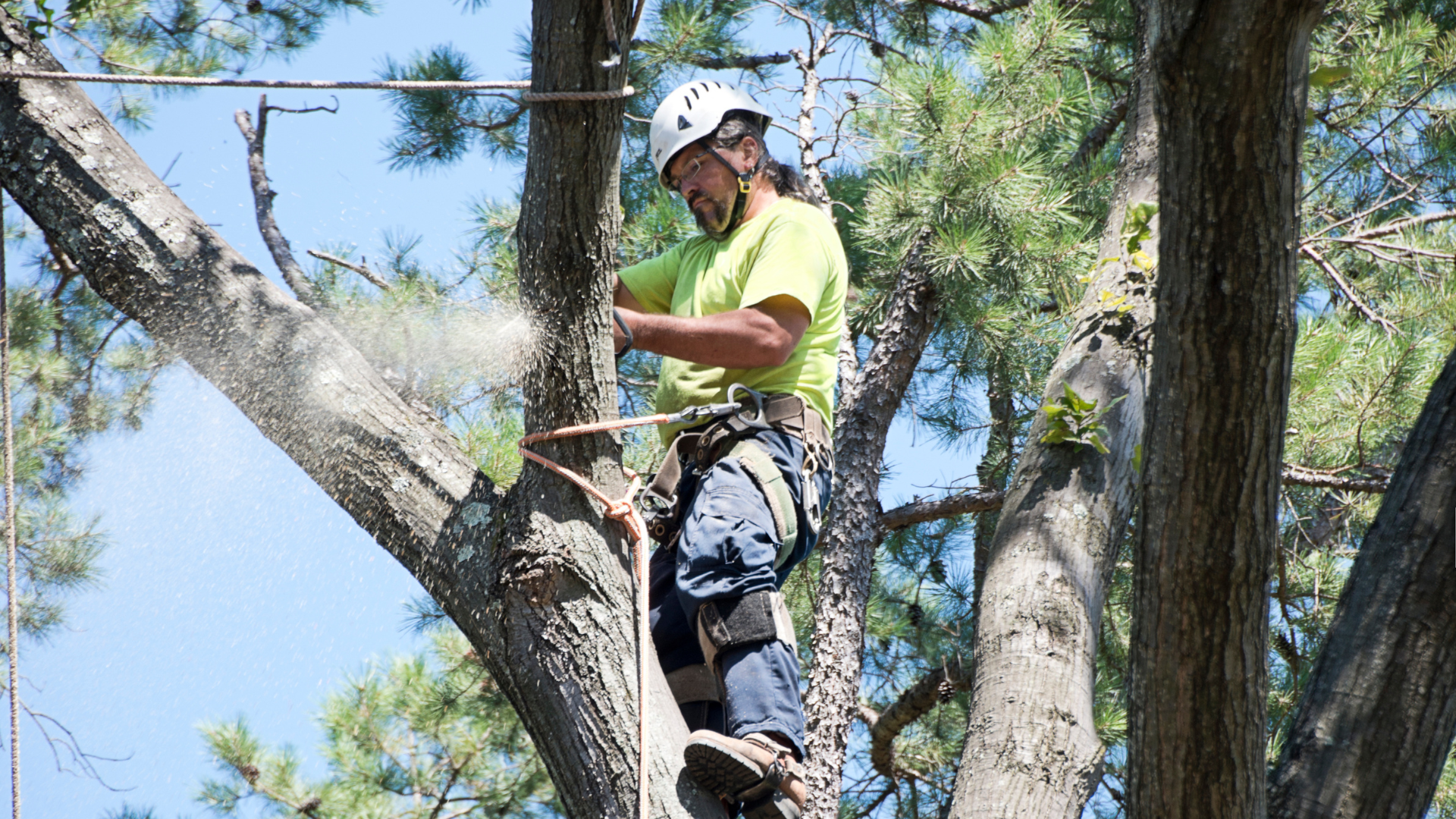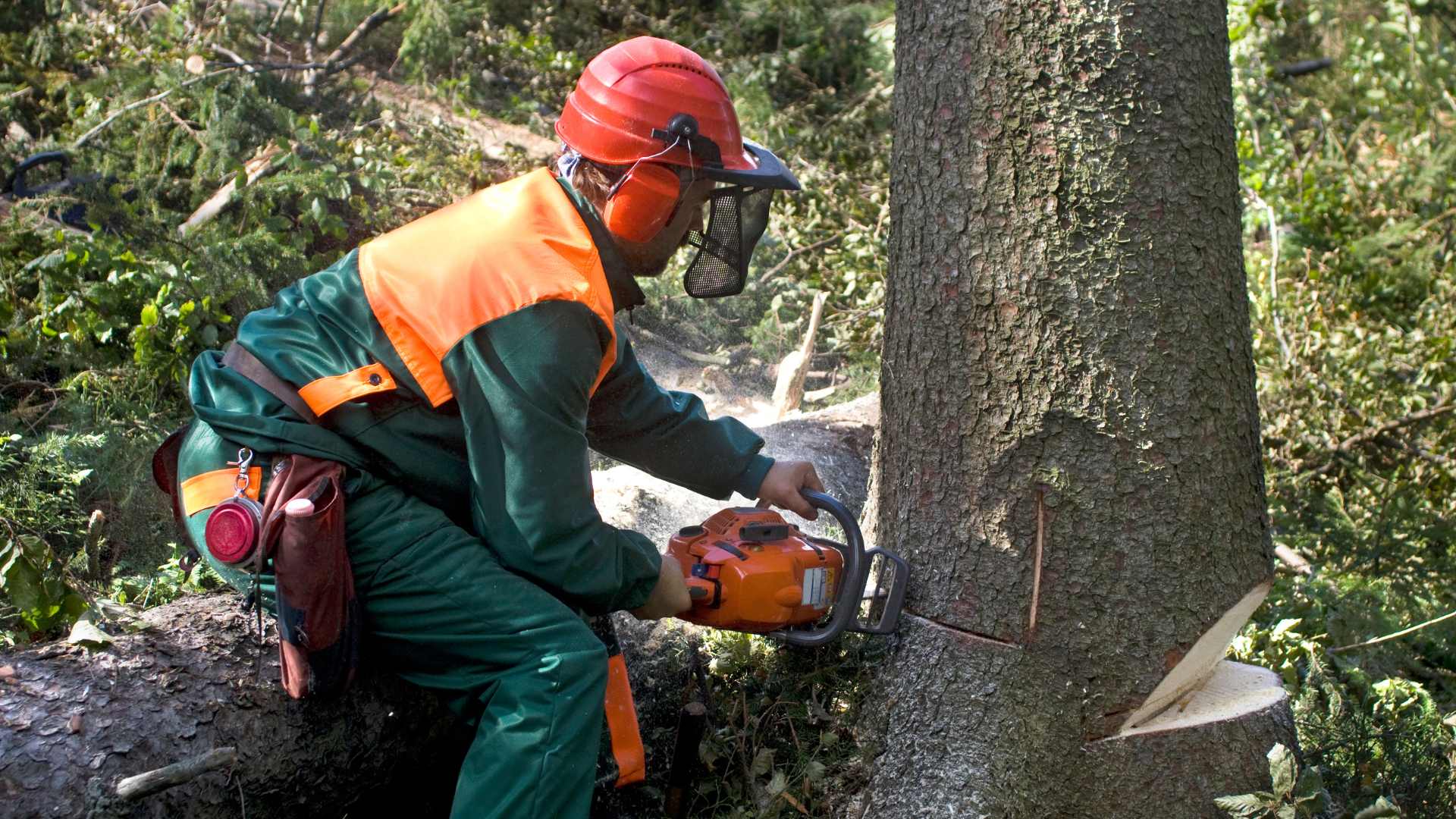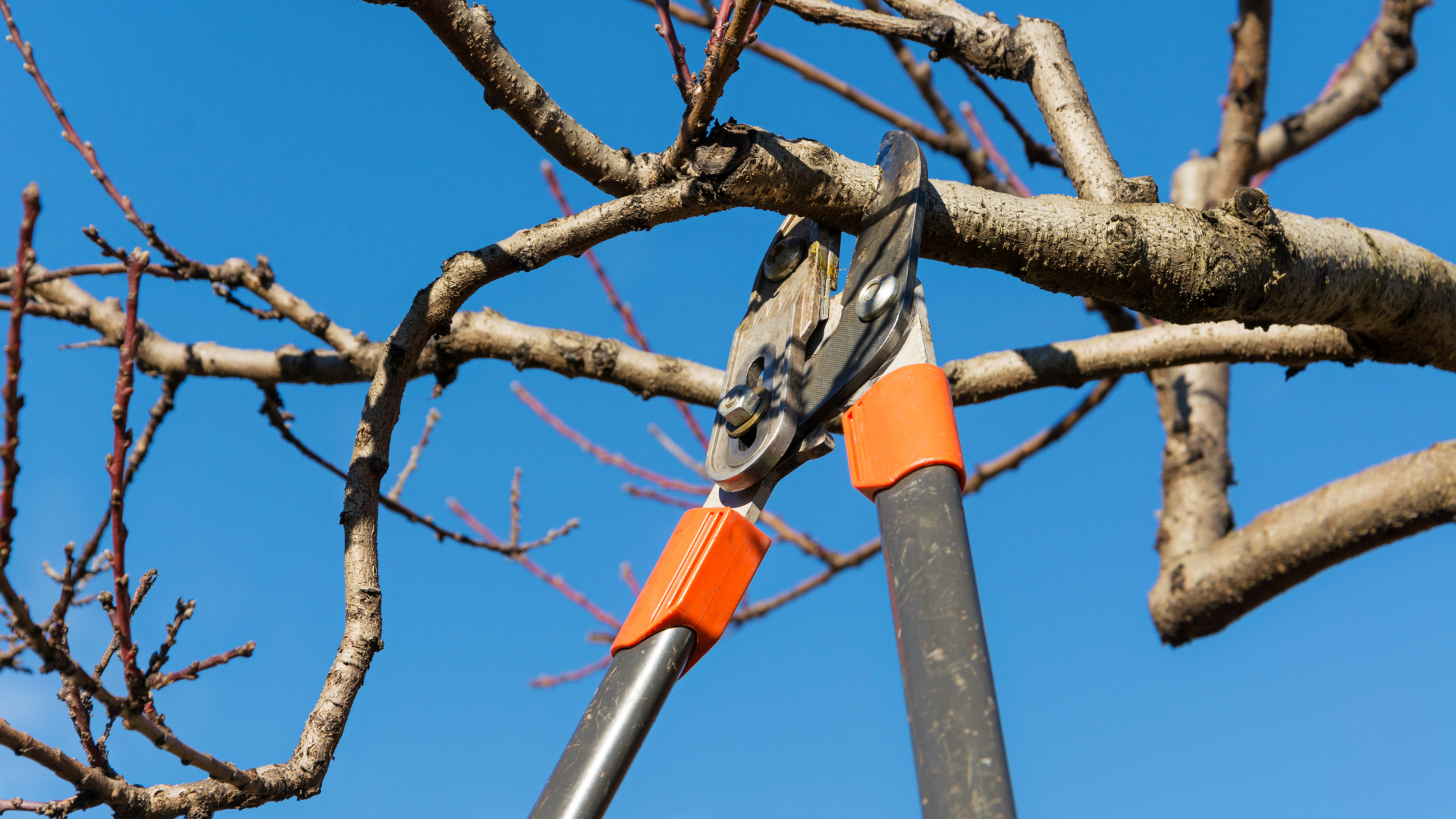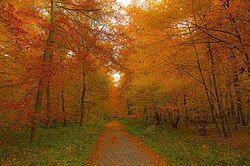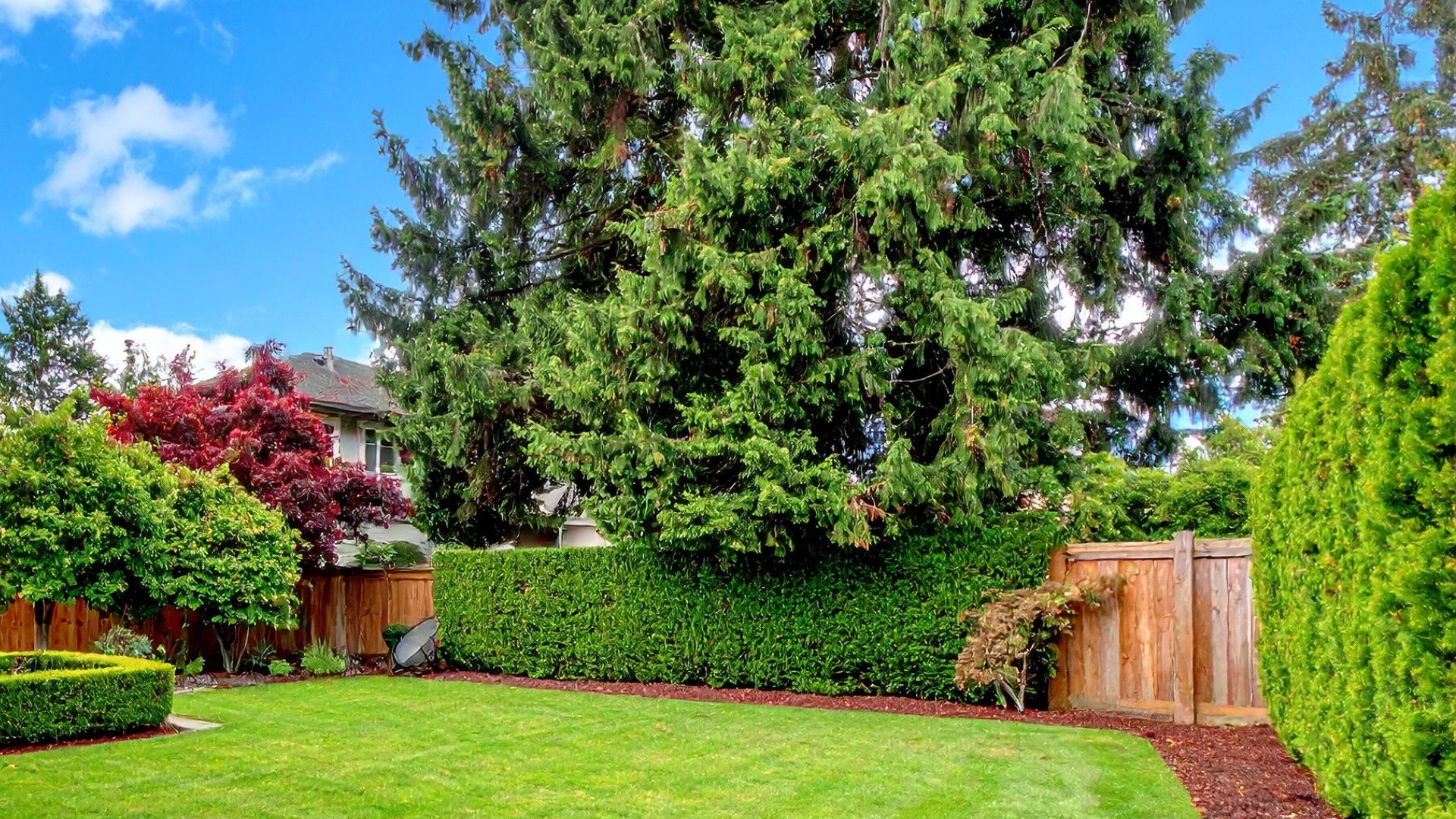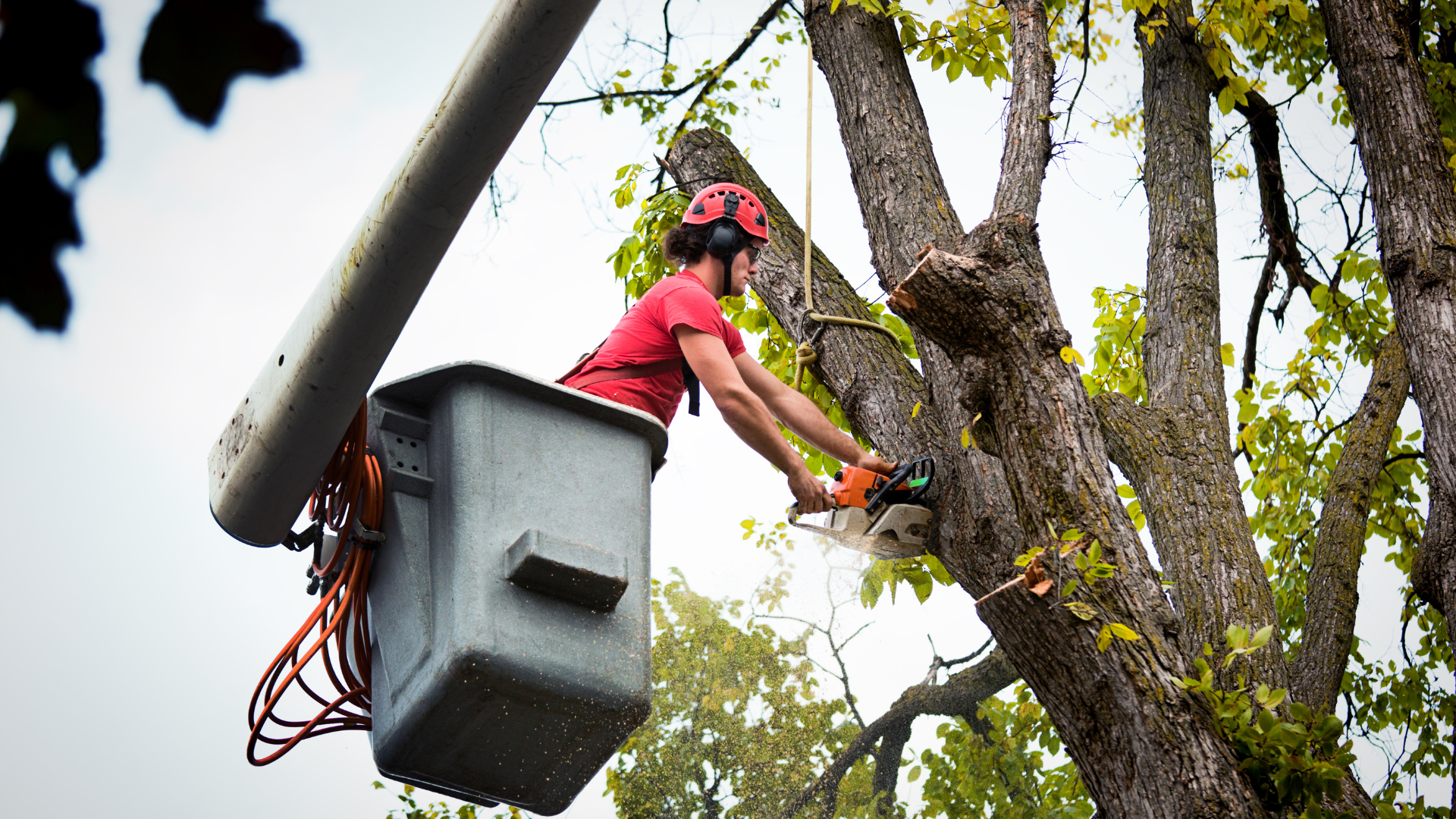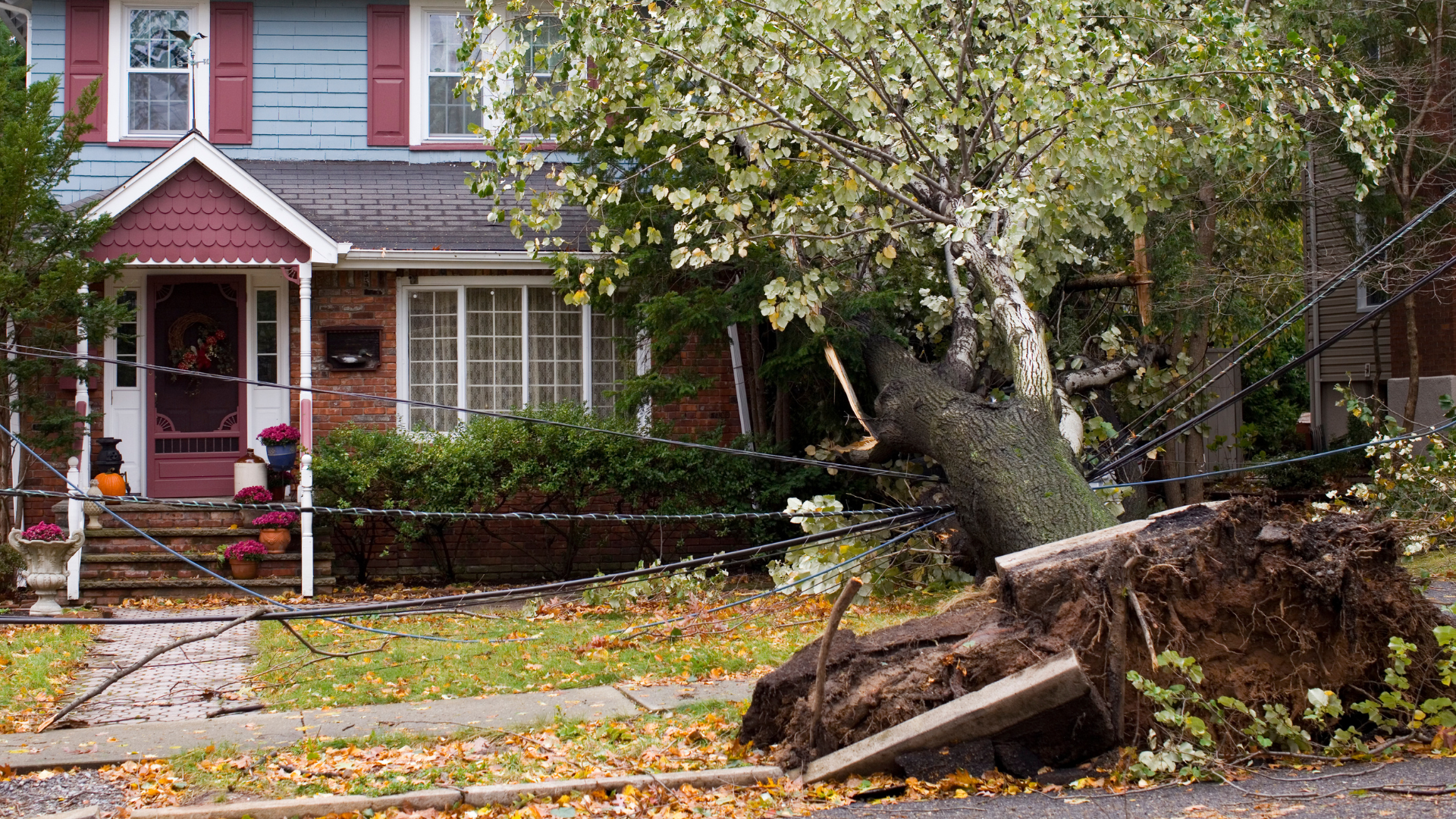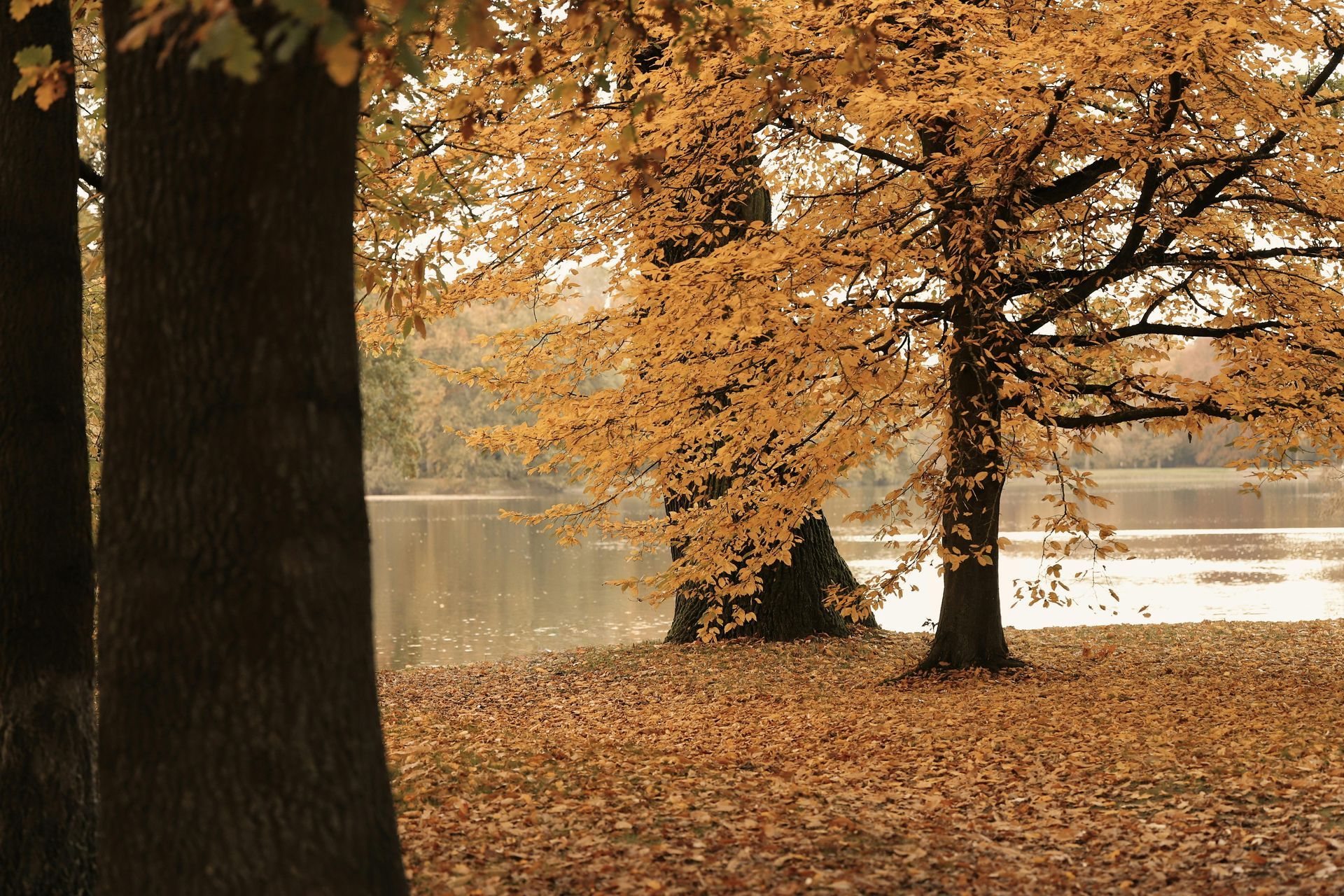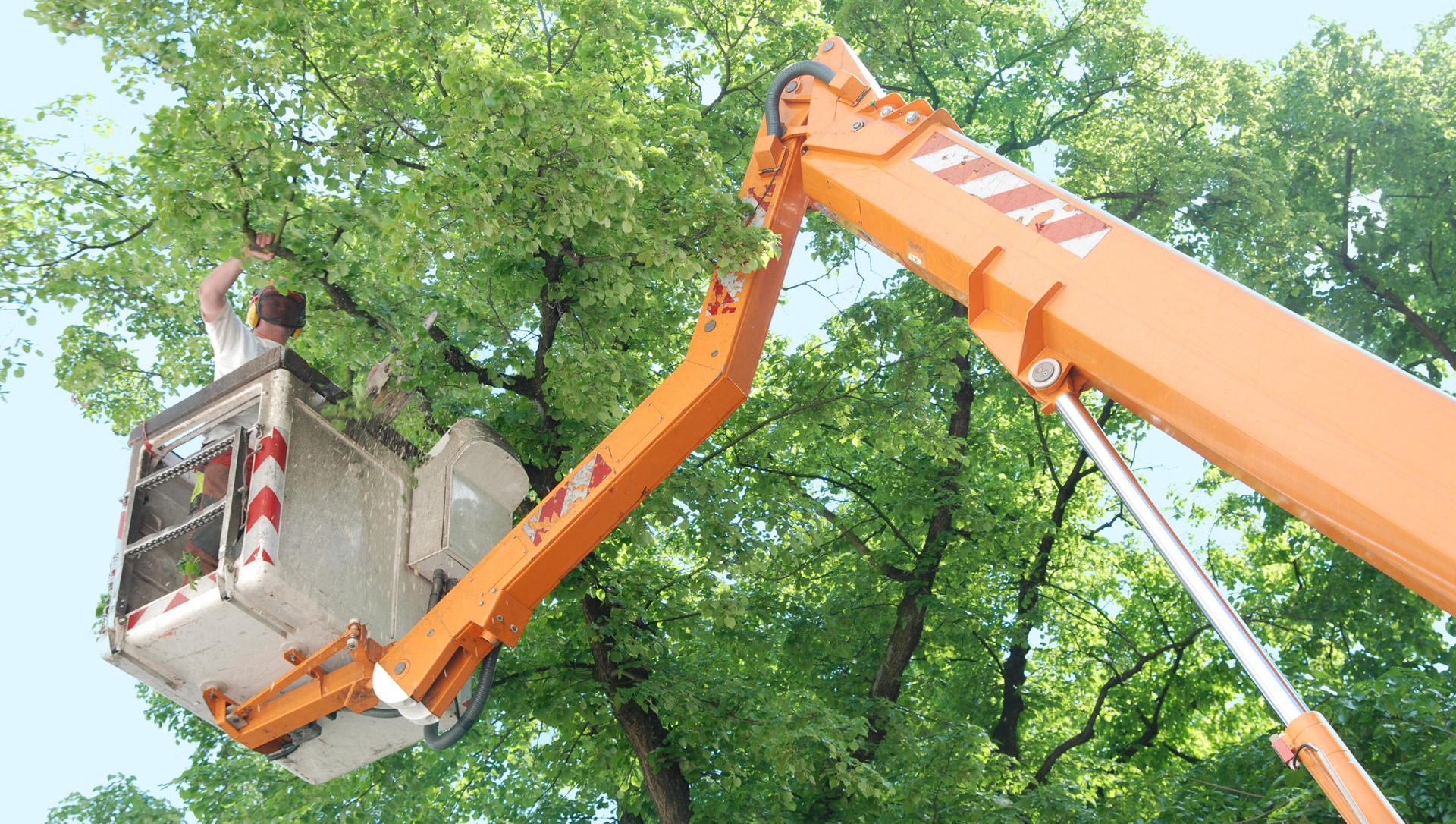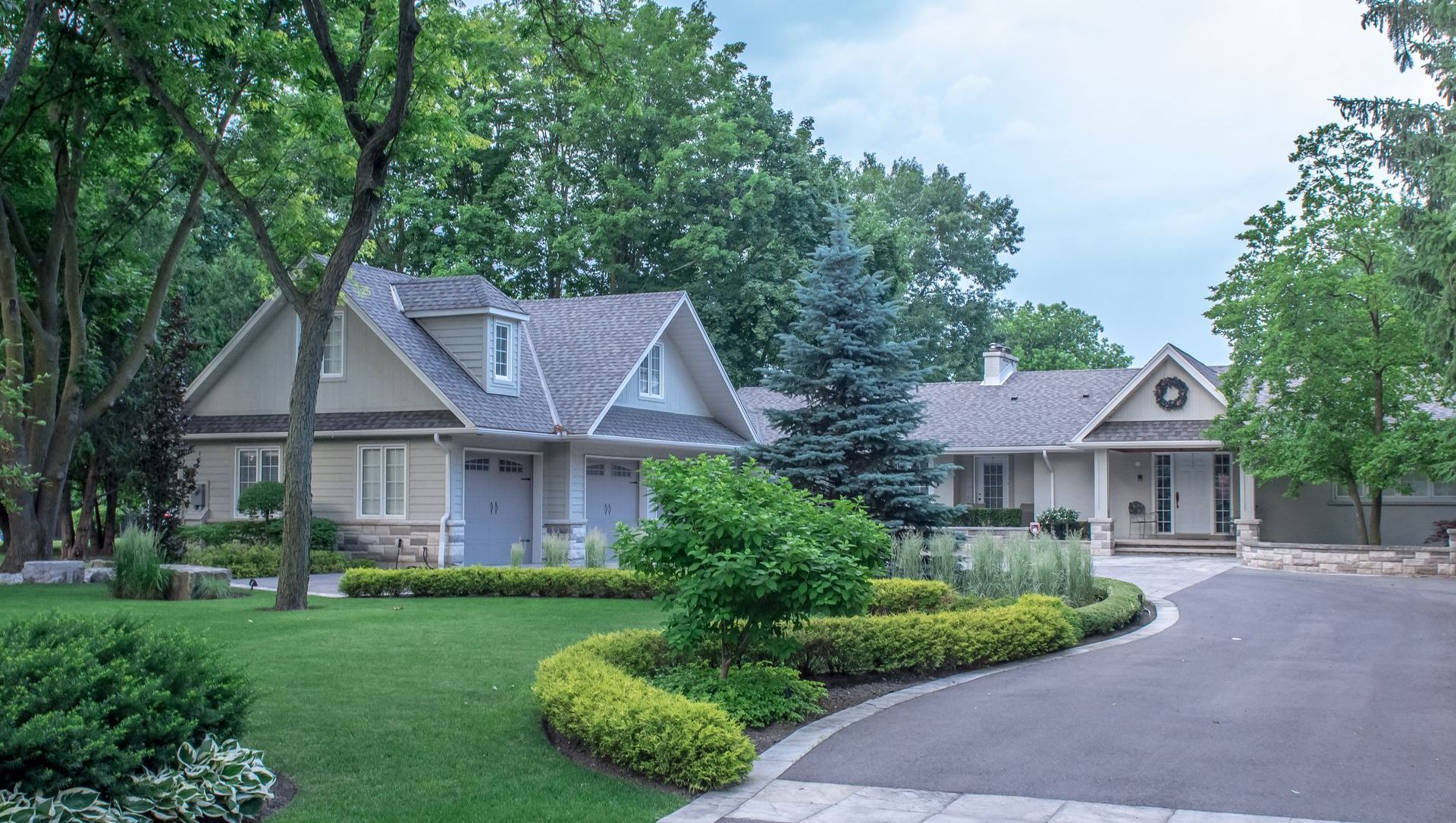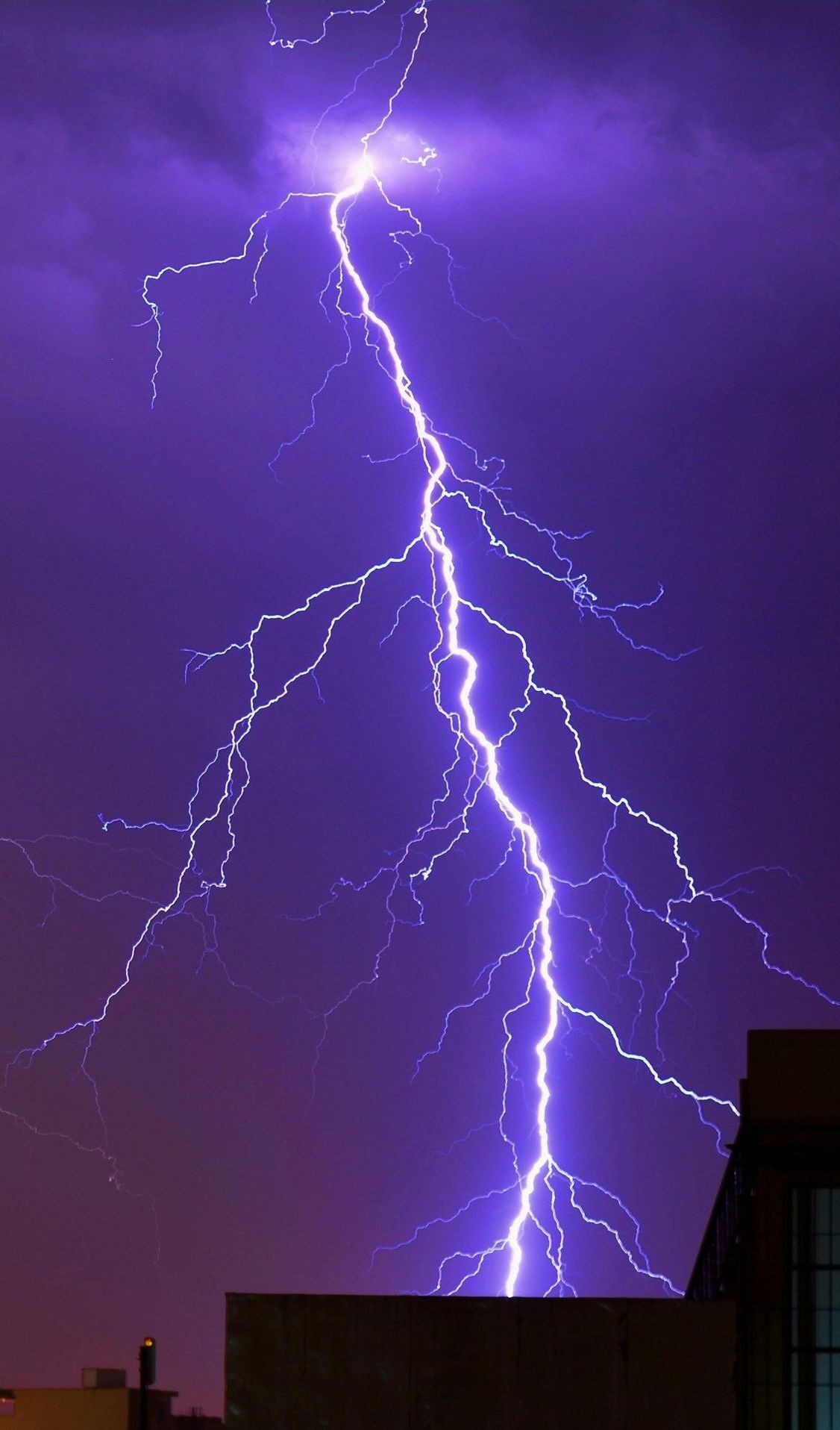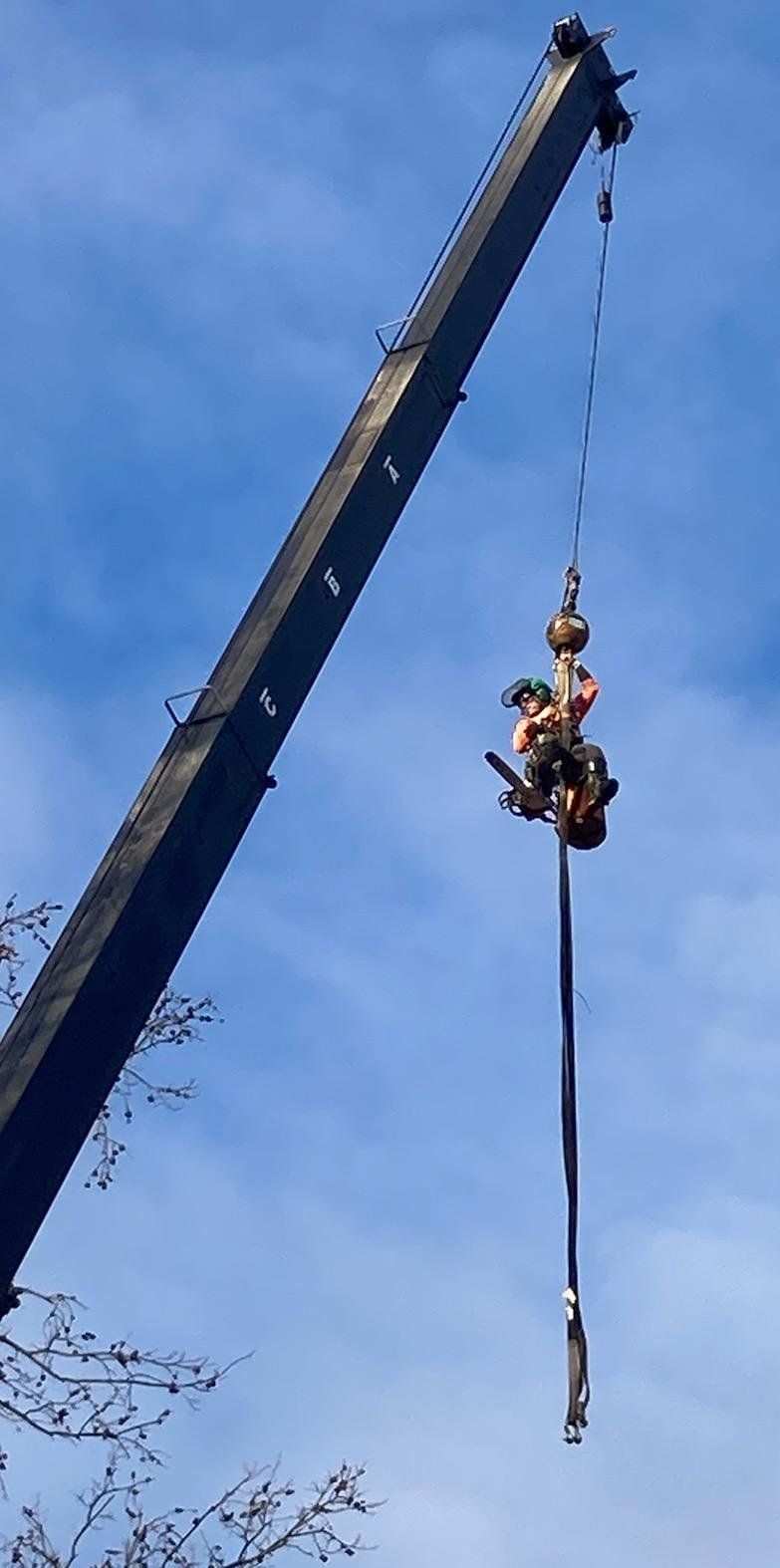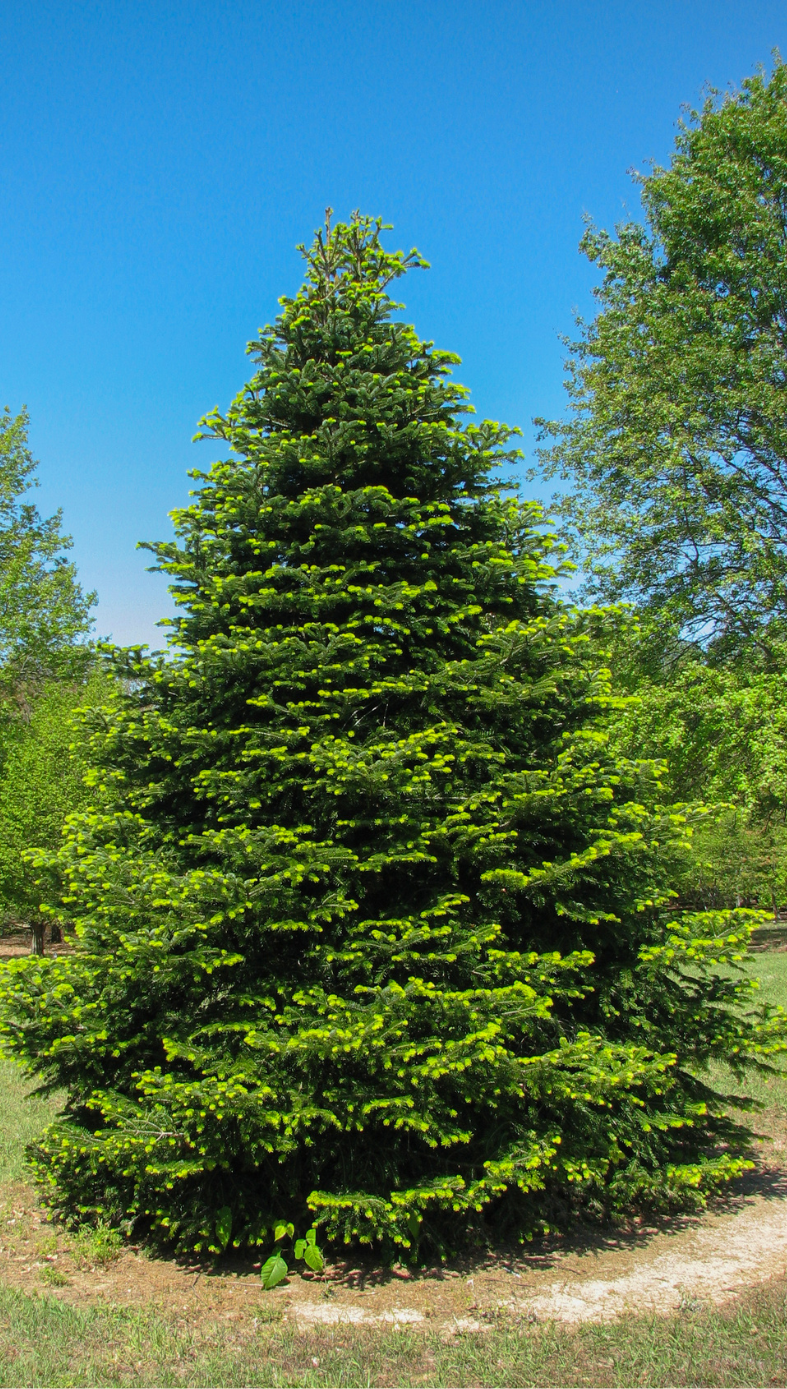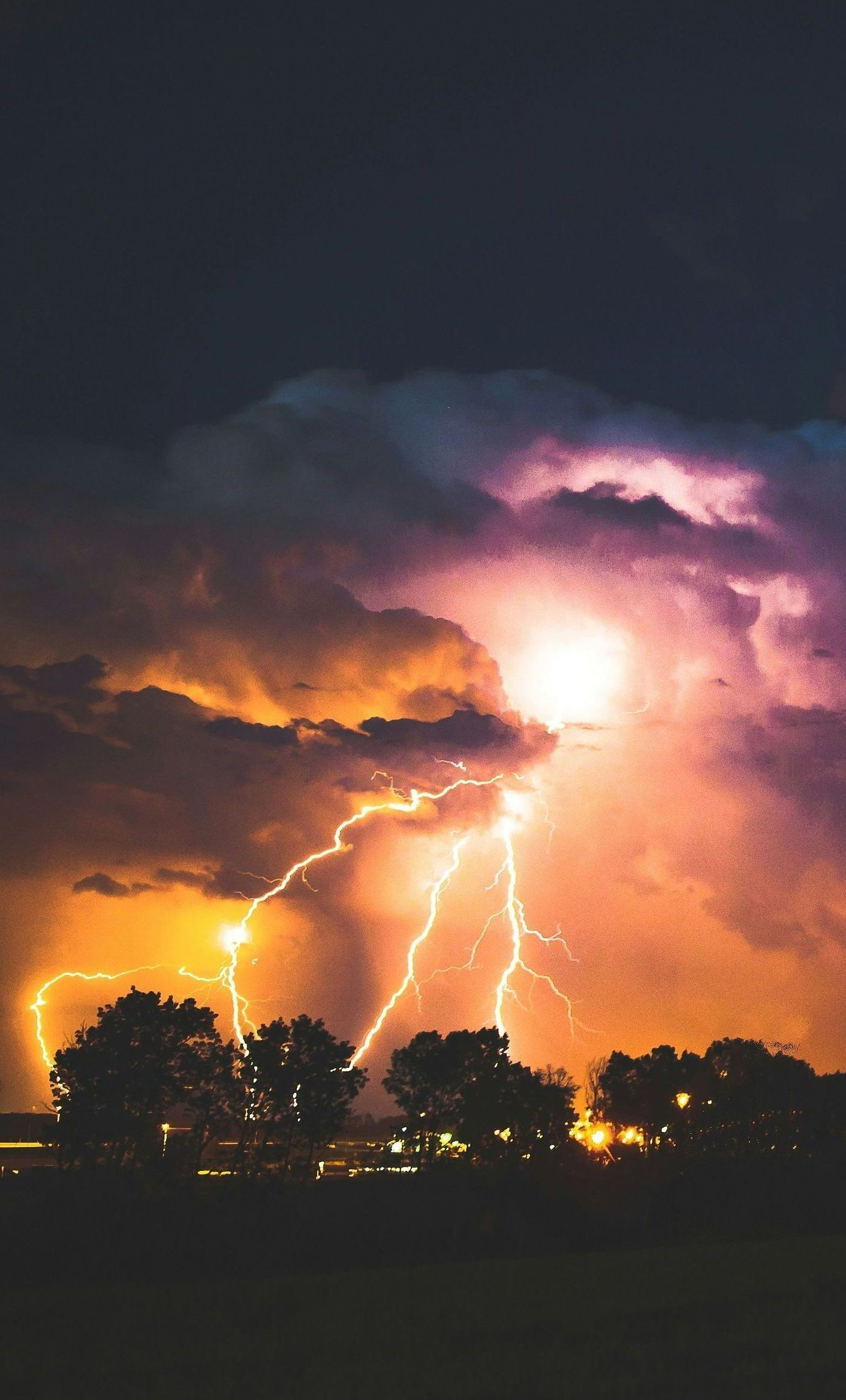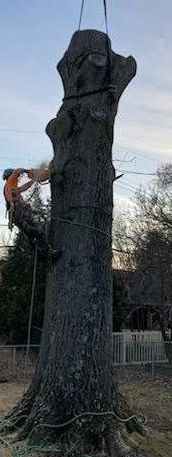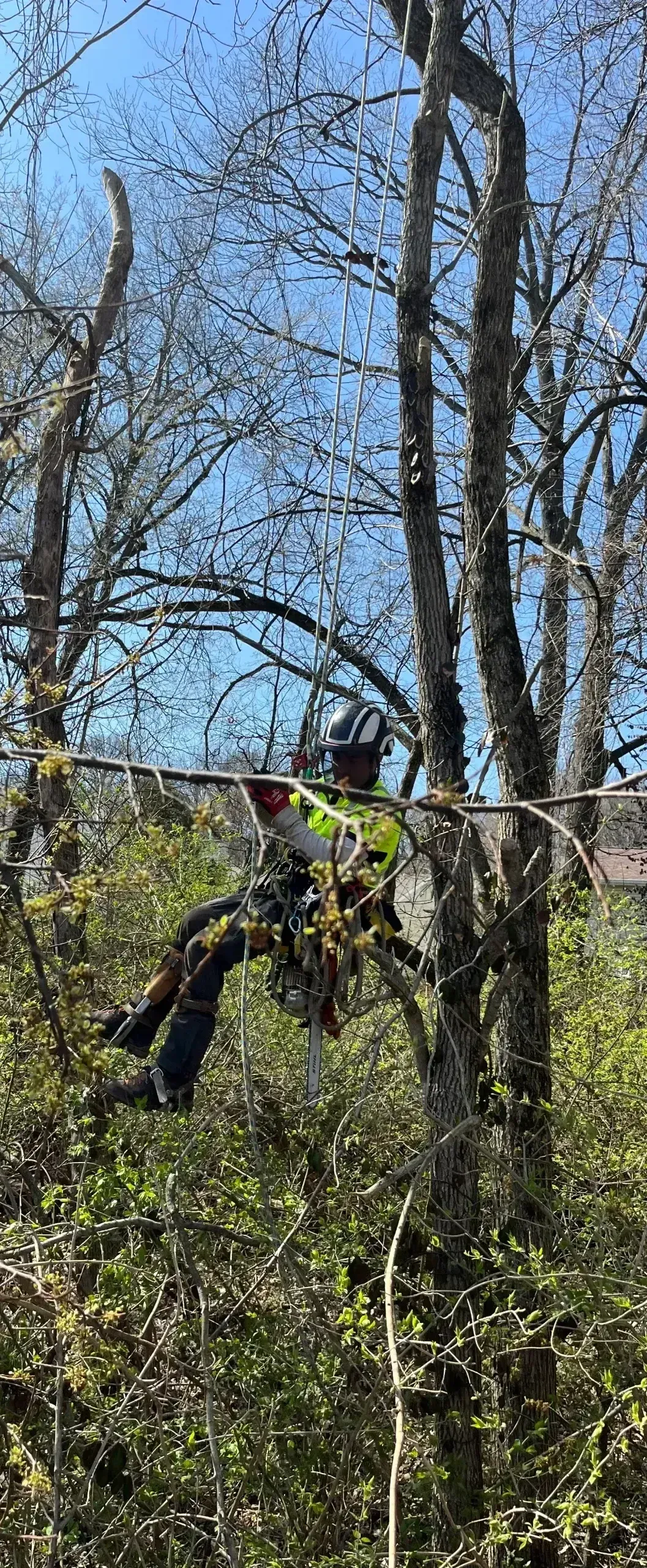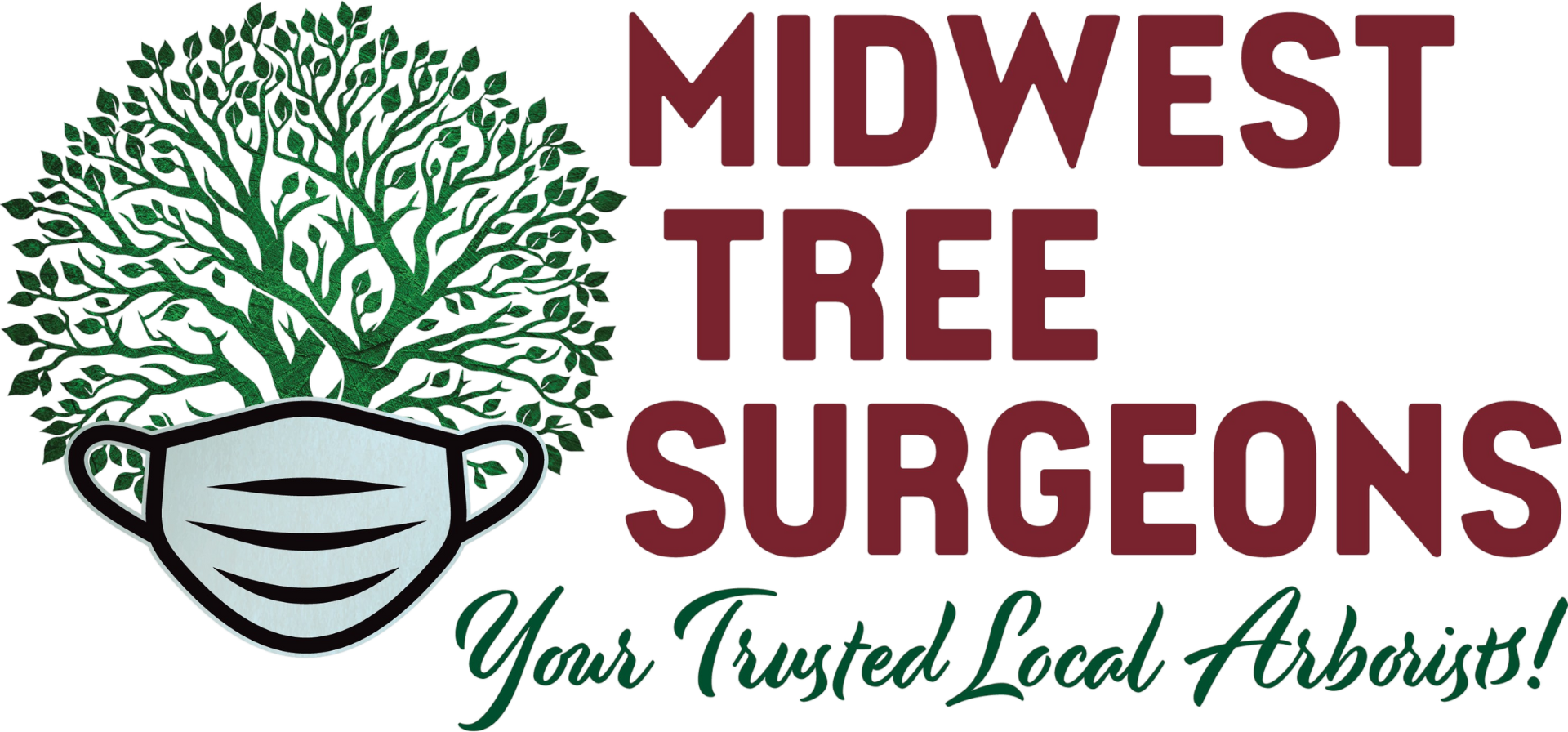Why Summer Storms Can Be a Threat to Weak Trees
How to Protect Your Property This Summer
Midwestern summers are known for their beauty: long sunny days, lush greenery, and warm evenings. But they also bring a regular cycle of heavy storms. Thunderstorms, high winds, and saturated ground can wreak havoc on vulnerable trees, creating serious safety hazards and costly property damage.
For homeowners and property managers, understanding how storm conditions interact with tree health is essential. The good news is that most storm-related tree failures are preventable with proactive care and inspection. This article will explore why weak trees are especially at risk during summer storms and how working with a certified arborist can help safeguard your property.
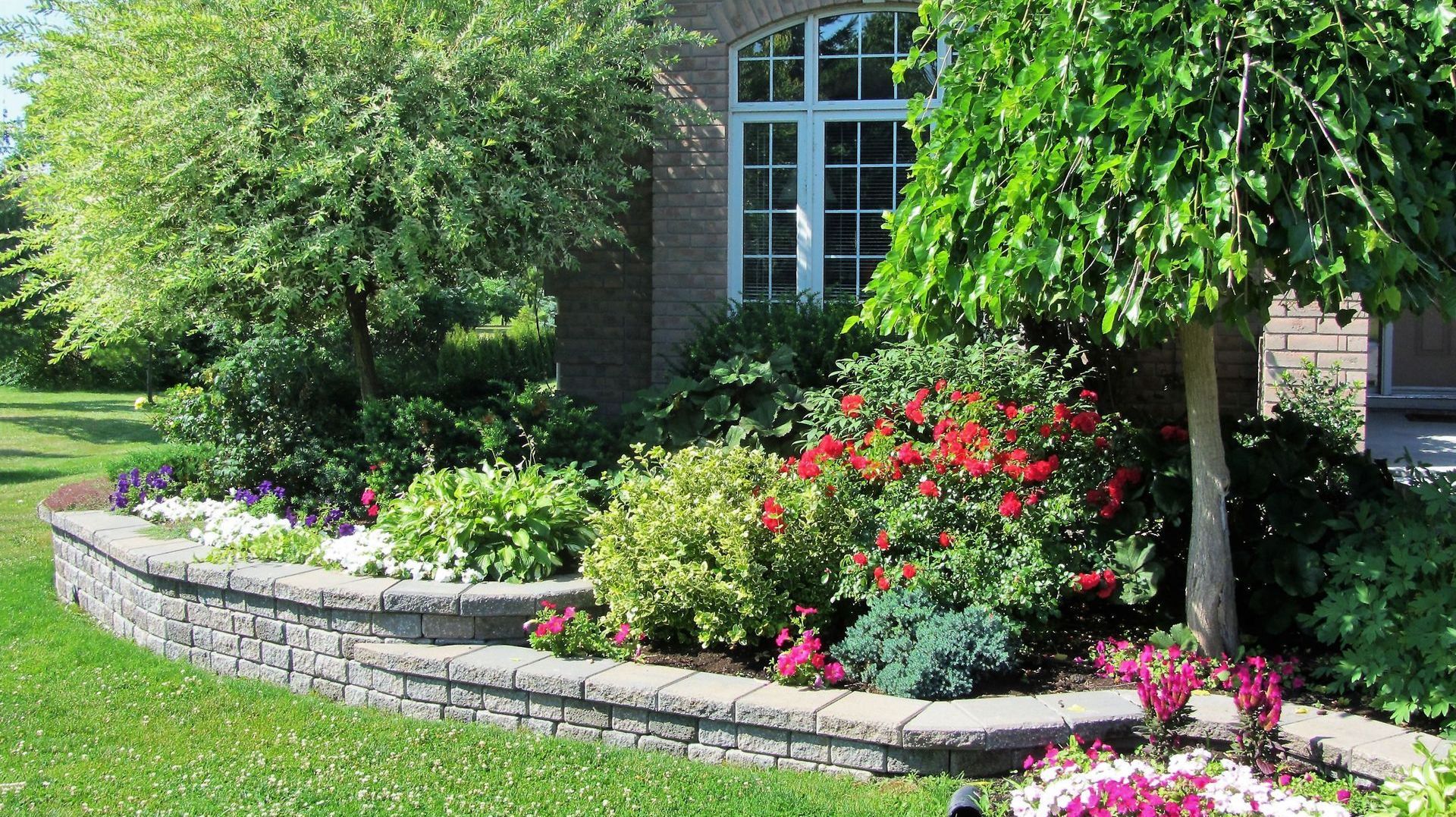
What Makes Summer Storms So Dangerous?
Midwest summer storms often combine several risk factors that make conditions especially threatening for weakened or poorly maintained trees:
- High Winds: Gusts can snap limbs or uproot entire trees, especially if they’re top-heavy or structurally compromised.
- Soaked Soil: Prolonged rain softens the ground, weakening a tree’s root anchorage. Even a moderate wind can topple a tree in oversaturated soil.
- Lightning Strikes: Trees are frequent lightning targets. While direct strikes are rare, they can cause hidden internal damage or ignite fires.
- Sudden Gusts and Downbursts: Unlike steady wind, sudden, powerful gusts can twist or split limbs, particularly in trees with pre-existing cracks or imbalances.
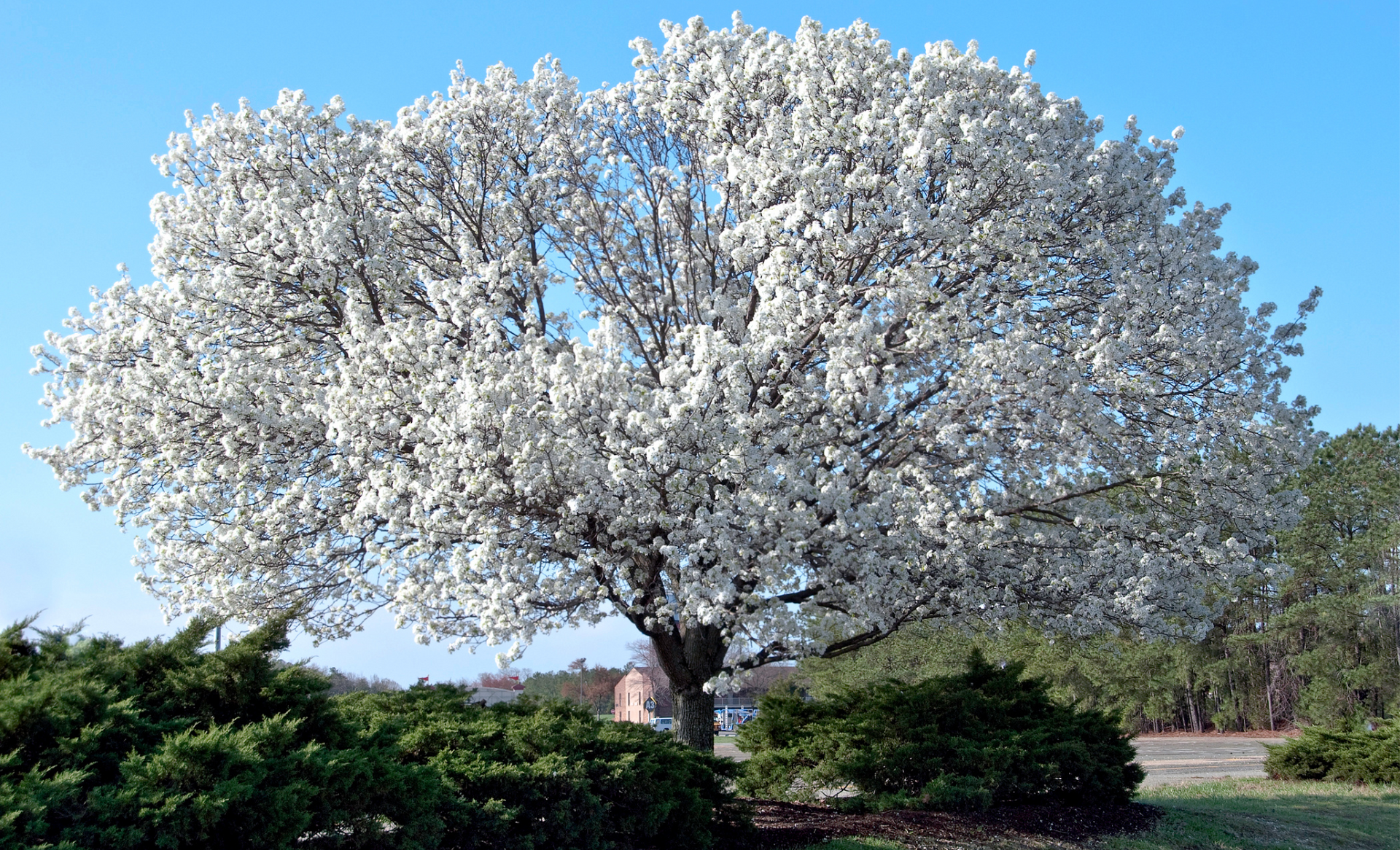
Signs That a Tree Might Be Vulnerable
Not all trees are equally at risk. Healthy trees with strong root systems and balanced canopies are much more likely to withstand storm forces. In contrast, the following signs may indicate a tree is vulnerable:
- Dead or dying branches (often visible as brittle, leafless limbs)
- Leaning trunks or visible root upheaval
- Cracks or splits in the trunk or large limbs
- Excessive canopy density (which can catch the wind like a sail)
- Fungal growth near the base of the tree or on limbs
- Previous storm damage that has gone unaddressed
These symptoms suggest internal decay, poor structure, or weakening root systems, all of which increase the
chance of failure during a storm.
The Cost of Inaction
Many property owners underestimate the consequences of tree failure until it’s too late. A large falling limb or tree can:
- Damage vehicles, homes, roofs, or power lines
- Block roads or driveways, creating emergency access issues
- Injure people or pets, potentially resulting in liability
- Disrupt power or internet, especially if utility lines are affected
Emergency removals after a storm are often more expensive and complicated than proactive maintenance. In some cases, insurance may not cover damage caused by a known hazard that wasn’t addressed in time.
What You Can Do Right Now
1. Here are steps you can take today to minimize storm-related risks:
Schedule a Professional Tree Inspection
A certified arborist can evaluate the health and structural stability of your trees. At Midwest Tree Surgeons, we identify potential hazards that might not be obvious to the untrained eye.
2. Remove Dead or Compromised Trees
If a tree is beyond saving, it’s better to
remove it under controlled conditions than let a storm decide for you.
3. Trim and Thin Overgrown Canopies
Strategic pruning reduces wind resistance and removes weak or crossing limbs. This helps healthy trees stay upright and strong during storms.
4. Support Vulnerable Trees
In some cases, younger or slightly leaning trees can be braced or cabled to increase their resilience.
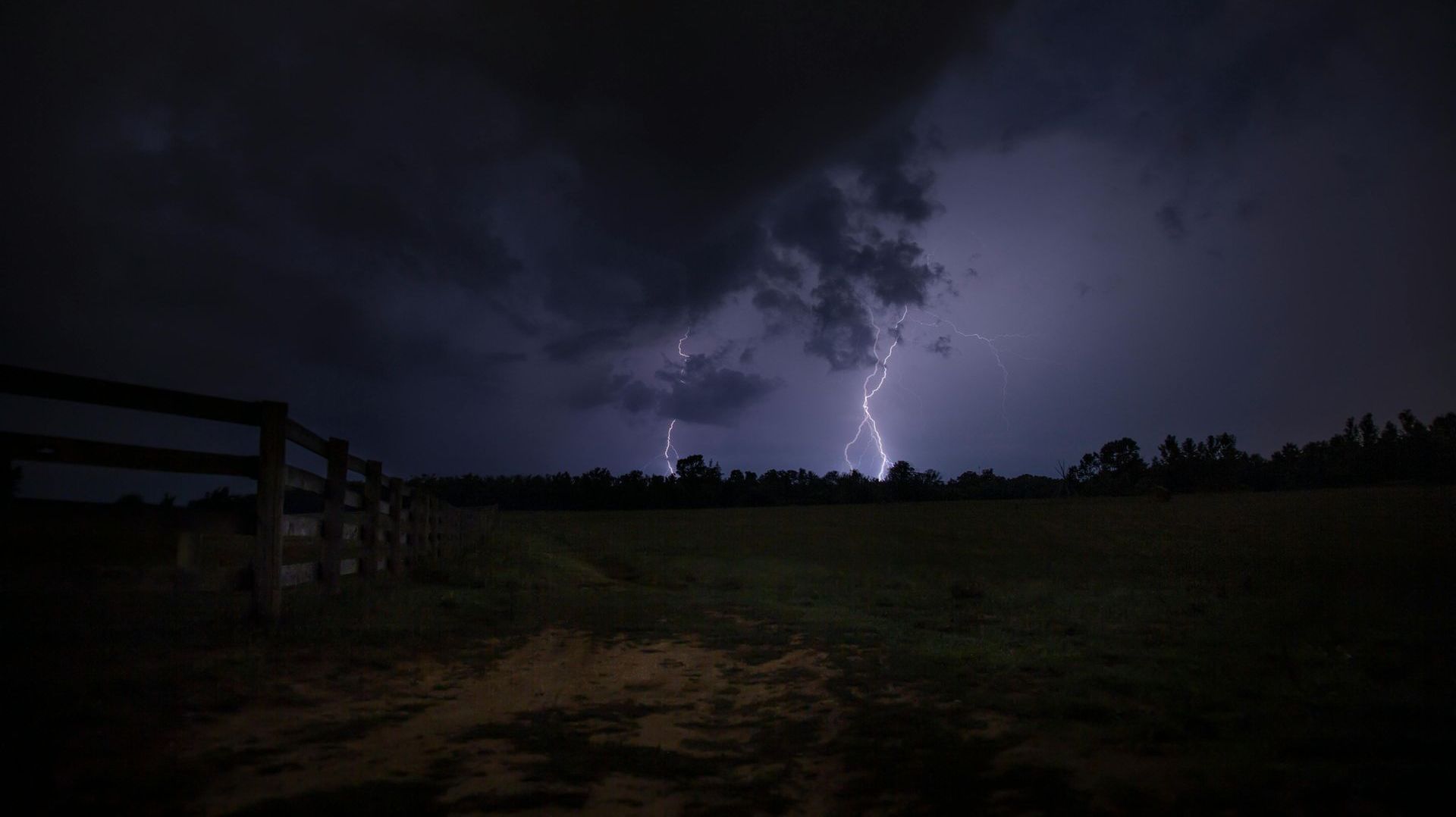
Why Work With a Professional Arborist?
Tree work is not just about cutting limbs. It’s about understanding tree biology, structure, and how to make decisions that promote long-term safety and health. At Midwest Tree Surgeons, we specialize in evaluating trees for storm risk and providing tailored solutions, whether that means pruning, removal, or support systems.
We bring years of experience, proper equipment, and the training to handle even the most complicated situations safely and efficiently. Our goal is to protect both your property and your trees wherever possible.
Book an Inspection Before the Next Storm Hits
Summer storms will keep coming. The question is whether your trees are ready to weather them. If you’ve noticed leaning trunks, dead branches, or trees that just don’t look quite right, now is the time to act.
Contact Midwest Tree Surgeons today to schedule a storm-readiness assessment. A little preparation now can prevent a major disaster later.
